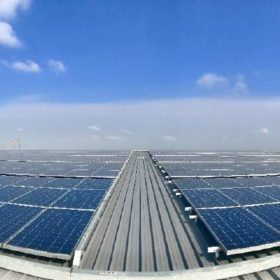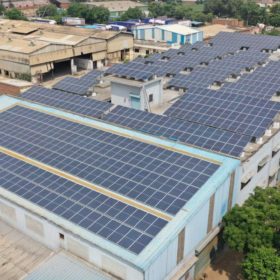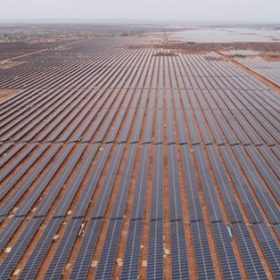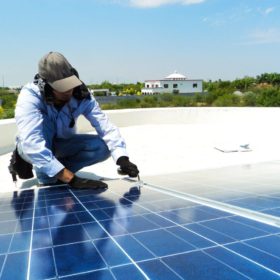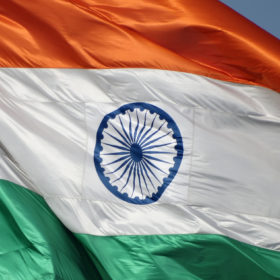REIL tenders residential rooftop solar in Bihar
Bids are invited to set up an aggregate 1 MW grid-connected rooftop solar capacity in residential sector across various locations in Bihar. The projects—in sizes of 1 kW to 10 kW and beyond 10 kW—are to be set up in turnkey mode. Bidding closes on July 8.
Singapore’s Cleantech Solar secures US$75 million green loan from ING Bank
The commercial and industrial solar developer, which commands a significant share in the Indian market, will use the amount to fund rooftop PV installations for corporates across Southeast Asia.
Haryana tenders 30 MW rooftop solar for government buildings
Bidding closes on July 20 for installation and commissioning of grid-connected solar projects. The projects are to be set up in RESCO mode on government buildings across the state.
Solar costs have fallen 82% since 2010
The levelized cost of energy generated by large scale solar plants is around $0.068/kWh, compared to $0.378 ten years ago and the price fell 13.1% between 2018 and last year alone, according to figures released by the International Renewable Energy Agency.
Bridge To India lowers renewable outlook for 2020-24
The Indian renewable energy market is poised for a significant contraction during the five-year period due to weakening power demand growth, deteriorating financial condition of Discoms and further constraints in debt financing.
SunSource Energy bags another IndianOil project
The new rooftop solar project will be the EPC provider’s third project for Indian Oil Corporation. It will cover ten buildings across the state-owned fossil fuel giant’s flagship Gujarat Refinery and its residential township.
Covid delayed 63% of India’s utility-scale solar in first quarter
Covid-19-prompted disruption severely impacted solar installation during January-March, 2020 as the country added only 689 MW of utility-scale PV against 1,864 MW scheduled to be commissioned.
Modi calls for a rooftop-solar-powered city in every state
The prime minister again emphasized the need for India to develop a domestic solar manufacturing industry and also urged officials to get on with plans to make Ladakh carbon-neutral.
Odisha’s Konark sun temple and town to go 100% solar
The central government plans setting up of a 10 MW grid-connected solar project and various off-grid applications like solar trees and solar drinking water kiosks to meet all the energy requirements of Konark town.
Magenta Power bags rooftop solar project for Hindustan Aeronautics Limited
The electricity generated from the ‘Capex’ mode solar project shall be used to support the HAL office infrastructure. Commissioning period is three months.

